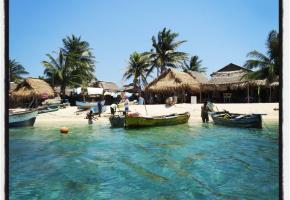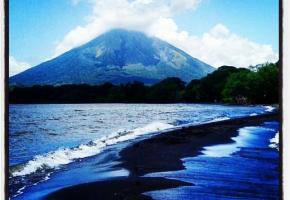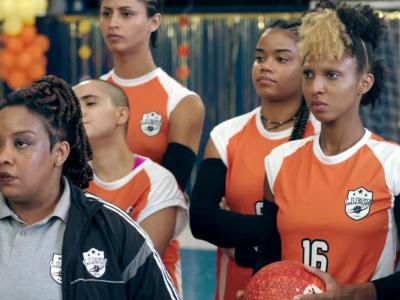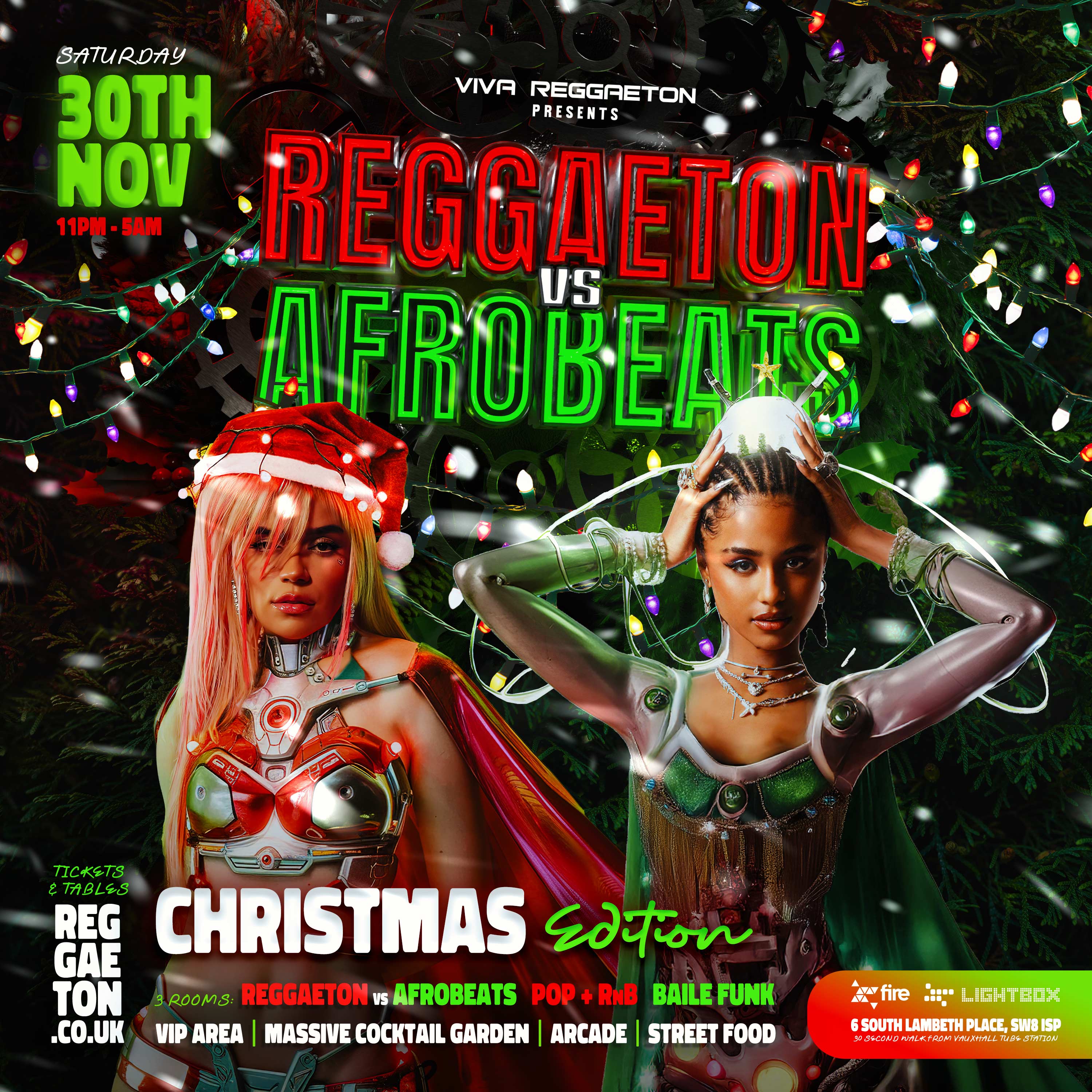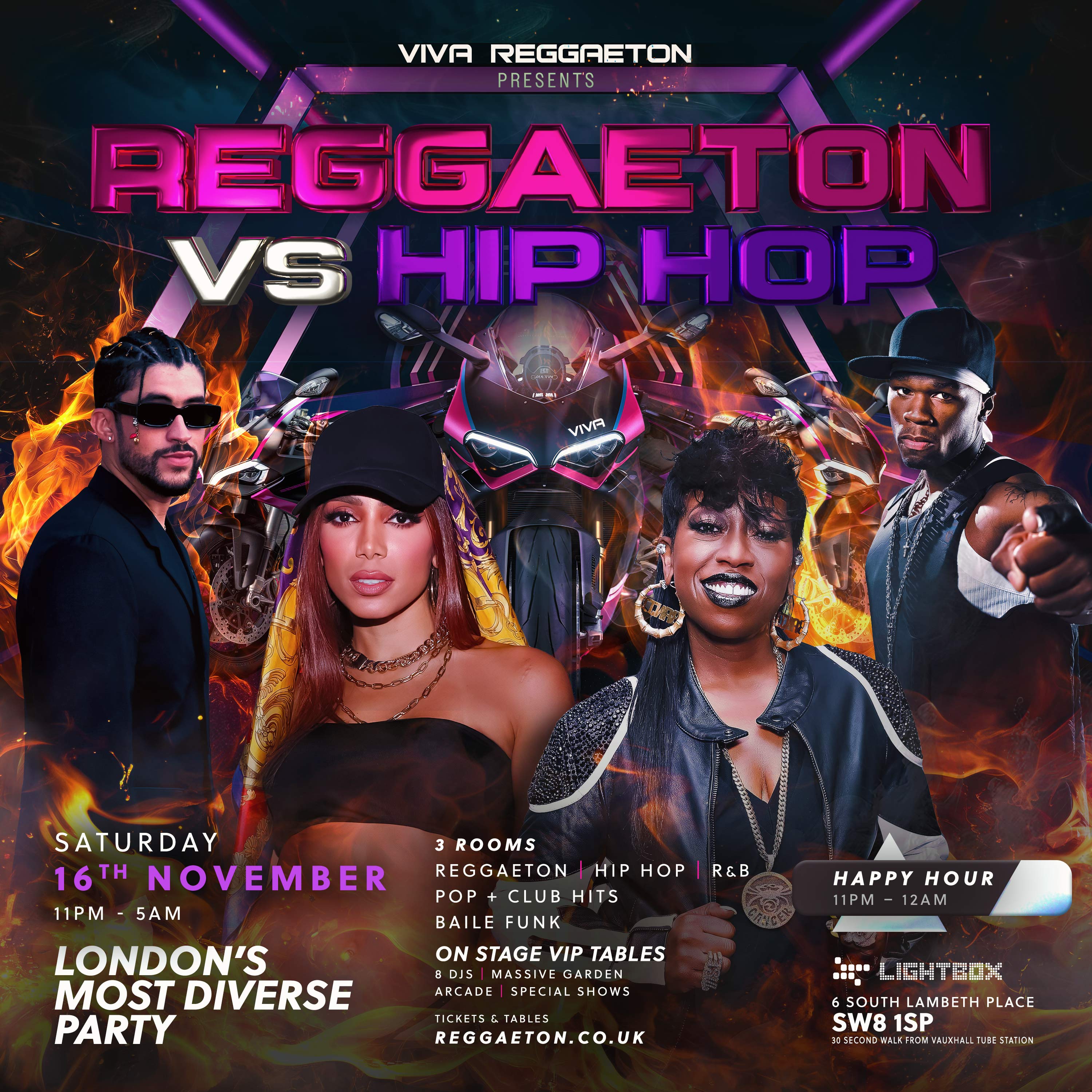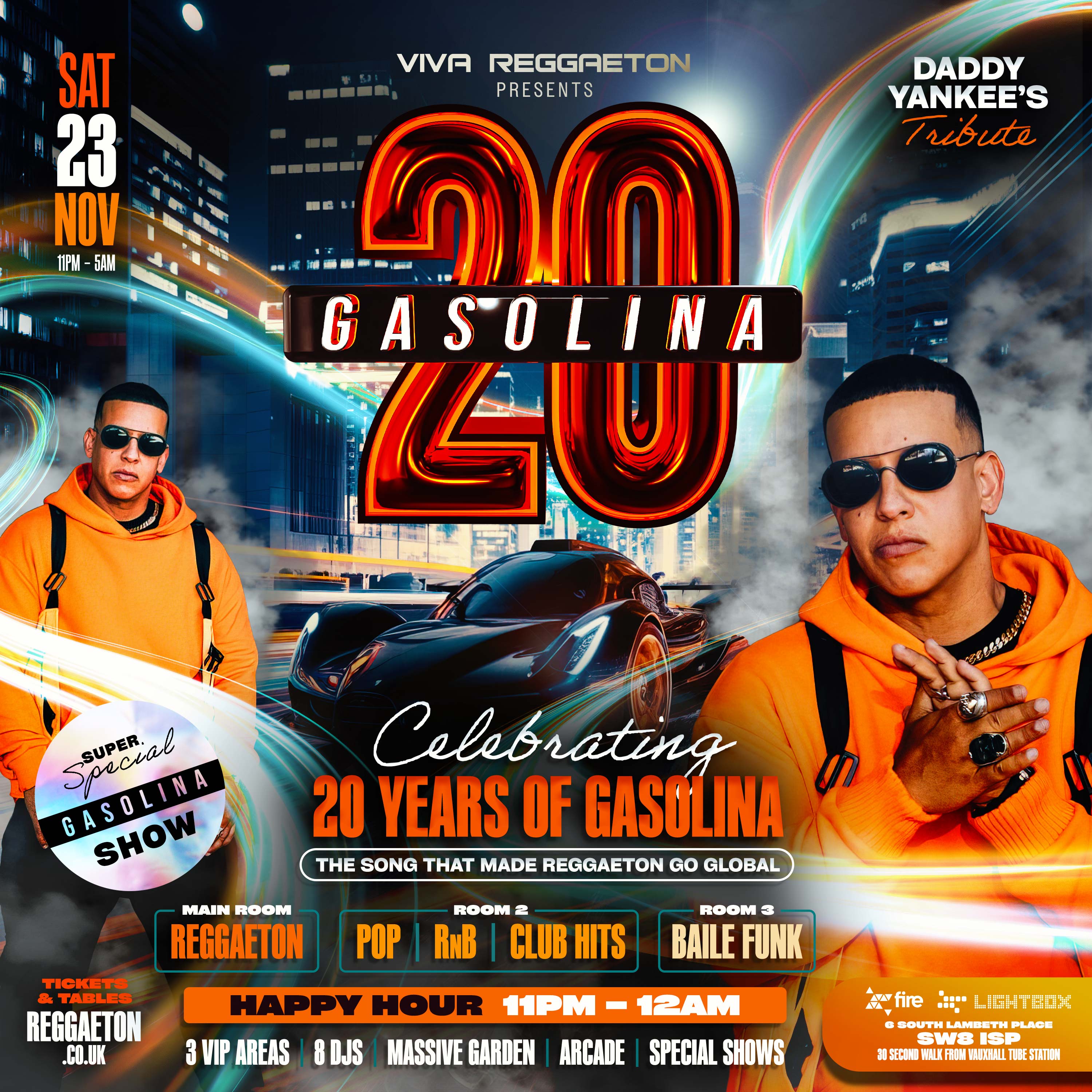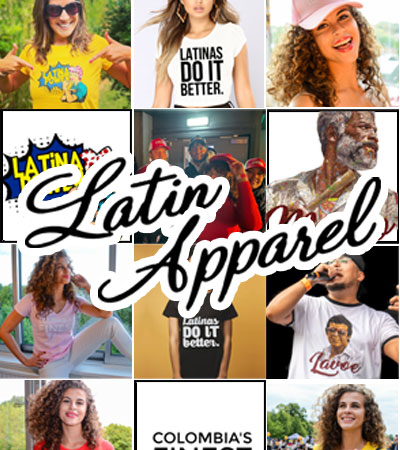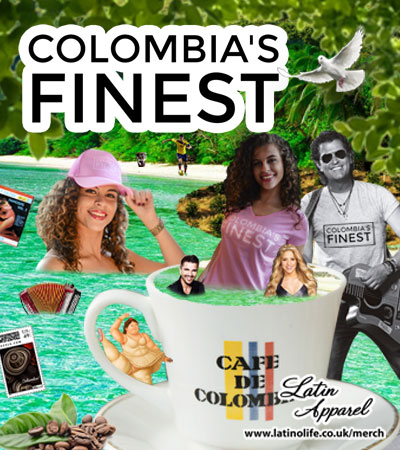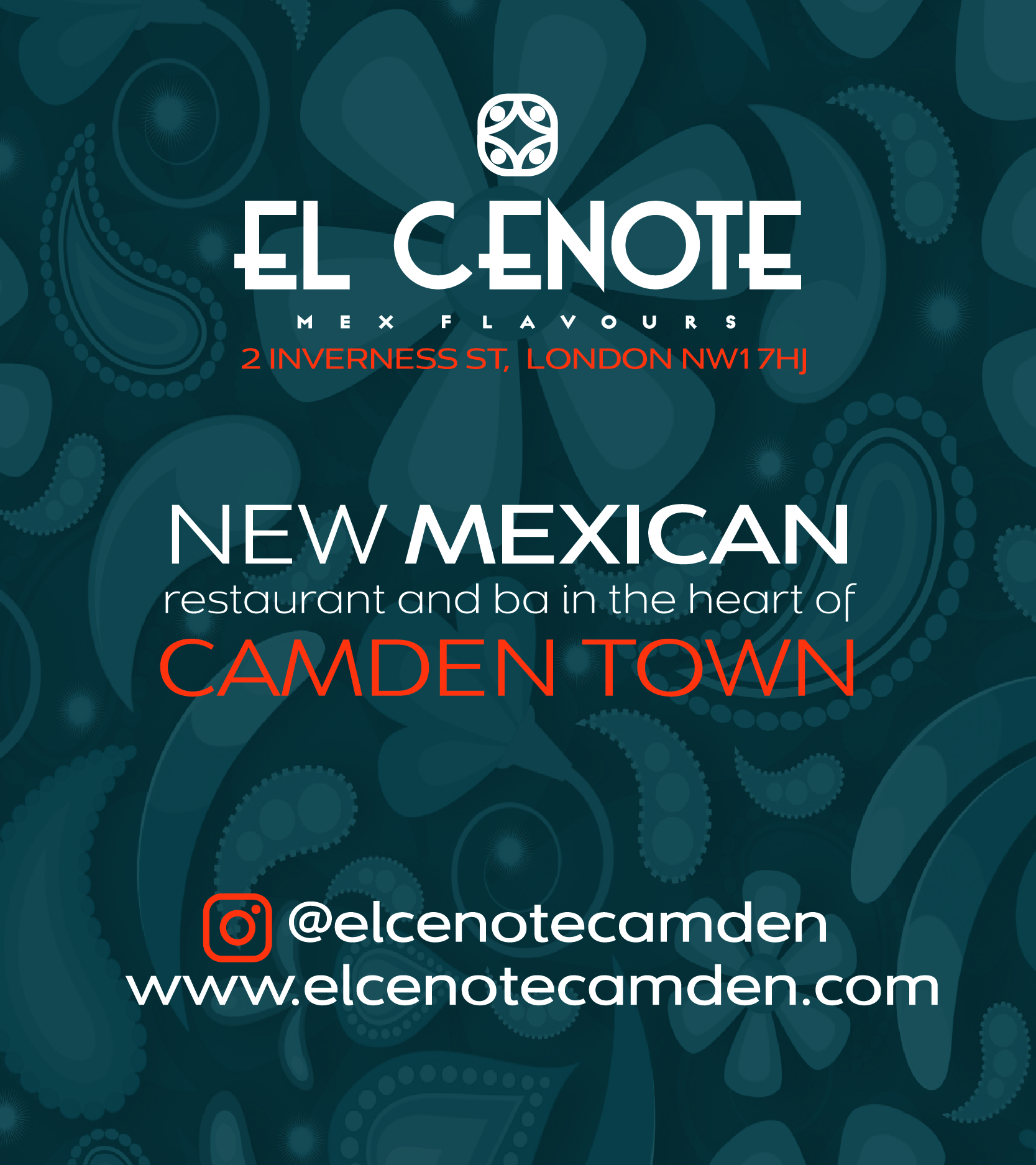The news media rarely reflects the El Salvador that adventurous visitors encounter; a country of cascading forest waterfalls, colourful birds, hikes to the top of sulphurous volcanos, tasty street food, moreish moonshine, and the warm smiles of the locals. But take the plunge, pick up some local Spanish, interact with the Guanacos (as Salvadorans are known), and you'll find that El Salvador is chivo! (cool!), easy to travel around, and dollarized. Here are my Ten Must Dos in El Salvador:
Enjoy the Laid-Back Charm of Colonial Suchitoto
A back-in-time town with cobble-stone streets of colourful colonial houses and a sleepy rhythm, Suchitoto is the perfect spot to ease in to El Salvador. Life here revolves around the central plaza, where stetson-wearing seniors shoot the breeze and women with wicker baskets on their heads sell pan dulce (sweet bread) from door to door. Head to restaurant Casa 1800 for lunchtime views over Lago de Suchitlán while you try a traditional horchata, a refreshing drink made from ground jicaro (gourd) seeds.Spend the afternoon tie-dying cotton scarves and T-shirts in shades of purpley-blue at Arte Añil using the indigenous natural plant dye añil (indigo) known as Mayan Blue (Indigofera suffructicosa). For a luxury stay, splash out on a night at the art-filled Los Almendros de San Lorenzo, a converted colonial mansion with a swimming pool.
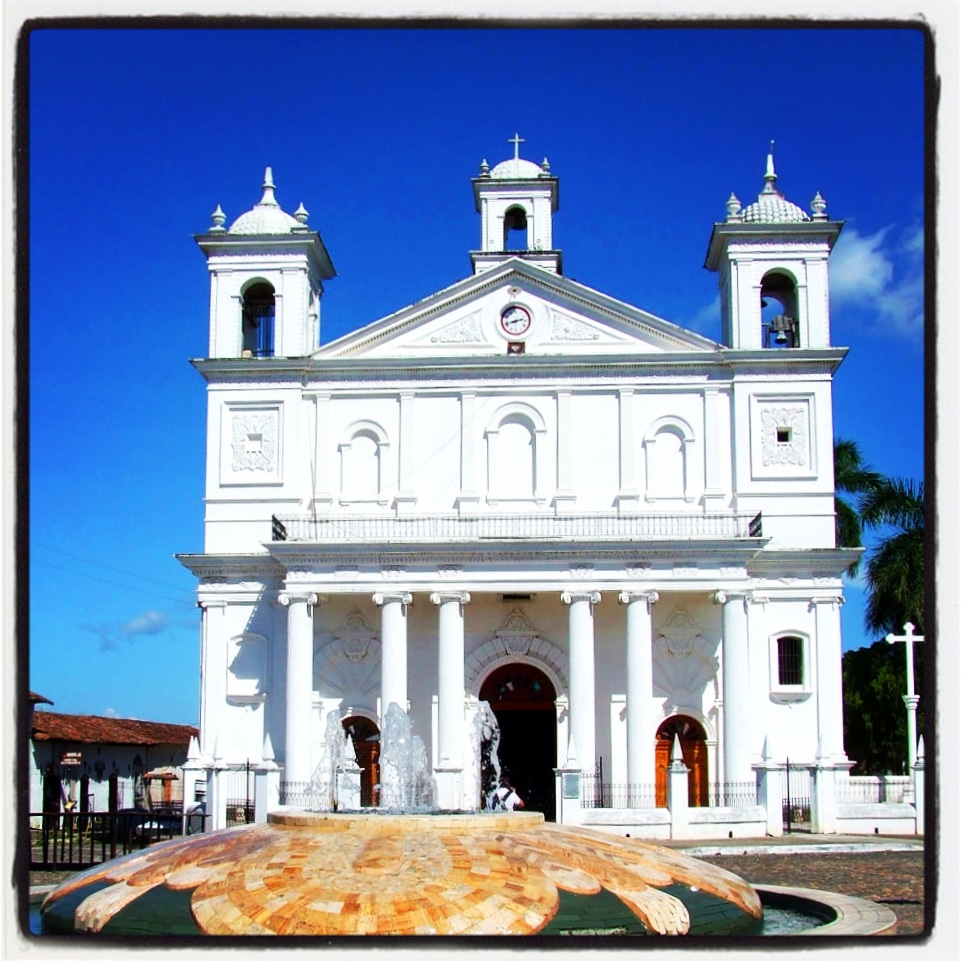
Try The perfect street food: Pupusas
Tasty, filling, and cheap, El Salvador's national dish, the pupusa (poo-poo-sa), might not have a name that immediately conjures up thoughts of divine deliciousness. However, these thick cornmeal tortillas stuffed with frijoles (beans), ayote (squash), queso (cheese), chicharrón (pork scratchings), or loroco flowers are an intrinsic part of Salvadoran culture and history, uniting the maize, beans and squash that were the nutritional staples of pre-Columbian Central America.
Instantly addictive, they should be eaten local-style with a splash of salsita (fresh tomato sauce), a crunchy serving of curtido (pickled cabbage slaw), and a dash of aji picante (homemade hot sauce). To get the full experience, wash your pupusas down with a local lager like Pilsener, Suprema or Regia, a working class favourite that comes in a bigger bottle. Pupusas made from masa de arroz (rice dough) are a crunchier alternative, but whichever you choose, pupusas are an affordable breakfast, lunch and dinner option, varying in price from US 50 cents to $2 each.
Climb the Volcano that Inspired the Little Prince
The Little Prince by the aristocratic French aviation pioneer Antoine de Saint-Exupery is one of the most popular books ever published. Few realise that the story is inspired by Saint-Exupery's Salvadoran wife Consuelo Suncín - the thorny Rose beloved by the Little Prince. Married in 1931 after a whirlwind romance in Buenos Aires, the couple travelled widely, but the idea for the book was born during several visits to Consuelo's family home in the Salvadoran town of Armenia. Three Salvadoran volcanoes appear in the story, Cerro Verde, Izalco and Santa Ana (Ilamatepec), which Saint-Exupery transports to Asteroid B-612 for his timeless classic.
Nowadays, the 40-minute trek up to the summit of Santa Ana at 2,380 m above sea level is the most popular hike in the country, offering stunning panoramic views over Lago Coatepeque, a huge crater lake, and the volcanoes of Cerro Verde and Izalco.
Marvel at the Mayan Pompeii of the Americas
El Salvador may not be as well known for its Maya ruins as Mexico, Guatemala or Honduras but the archaeological site of Joya de Ceren is a real jewel, a Mayan village that was trapped in time when it was buried under 7 metres (25 feet) of volcanic ash some 1,500 years ago.
Dubbed the Pompeii of the Americas, Joya de Ceren is so unique that it was declared a UNESCO World Heritage Site in 1993, although unlike Pompeii no skeletons have been found suggesting the villagers left before the nearby Laguna Caldera volcano erupted.
Discovered by chance in 1976 when a local farmer began digging the foundations for a grain silo, the site has given us the best preserved example of a Meso-American Temazcal - a sauna, or sweat lodge - and you can even see how corn was planted right next to the adobe dwellings inhabited by the villagers.
Only ten structures have been fully excavated from the deep layers of volcanic ash so far but the site promises many more surprises in the future. As you wander around the site, keep an eye out for the torogoz (turquoise-browed motmot, Eumomota superciliosa) the national bird of El Salvador which is notable for its two long tail feathers that end in fluffy fans.
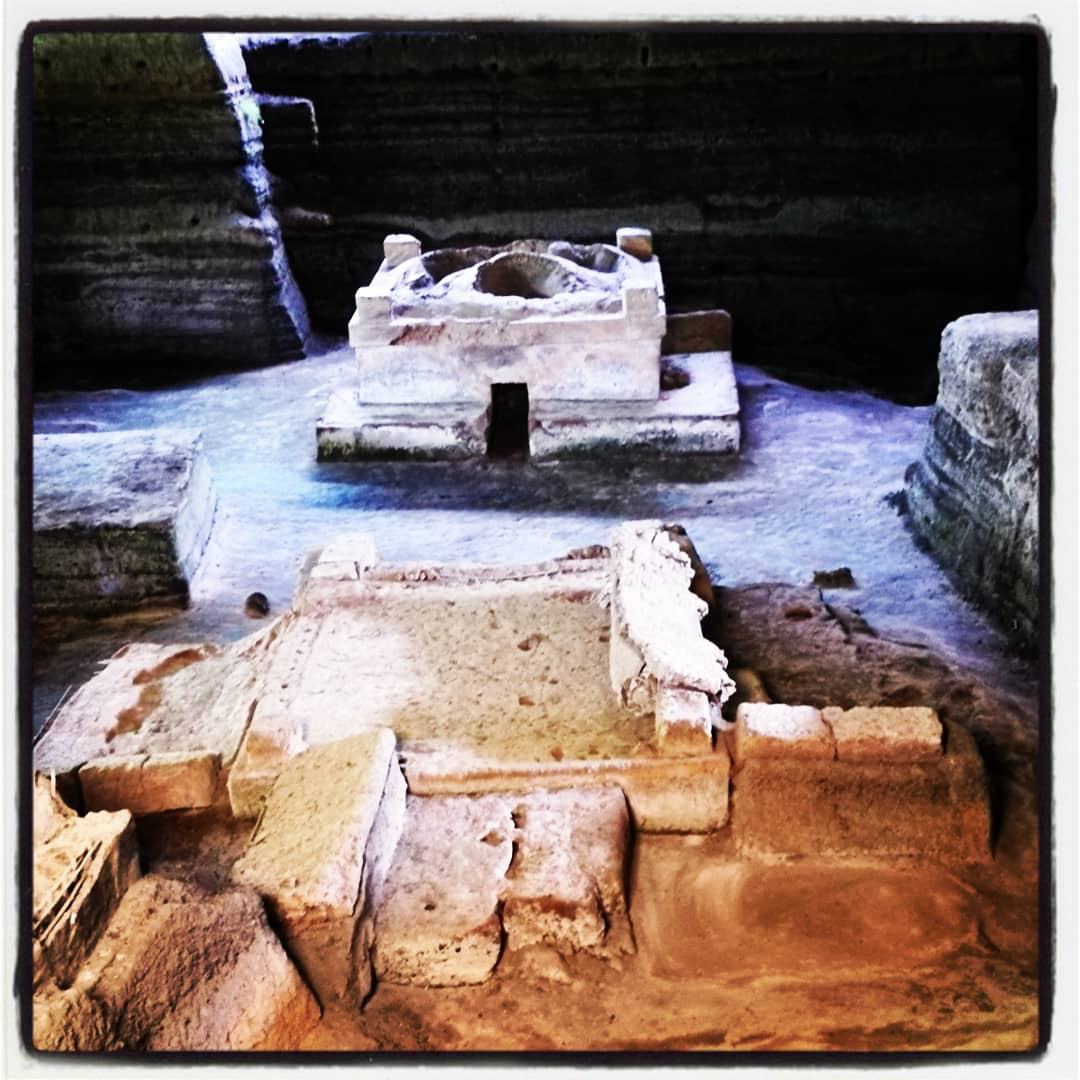
Sip on Some Salvadoran Moonshine
Mexico has mezcal, Peru has pisco, Brazil has cachaça and now El Salvador is finding fame with its own national spirit: chaparro.
Made from a mix of corn and panela (raw cane sugar), which is fermented before being distilled in an alambique (copper still), chaparro has a smooth, slightly fruity flavour that distinguishes it from other cane spirits like rum and aguardiente. One of the people helping to revive the chaparro tradition and bring it to a wider public is Claudia Caceres, who produces Flor de Fuego chaparro at her artisanal distillery in Guazapa. Thanks to Claudia's efforts chaparro now has it's very own DO (Denominacion de Origen), just like champagne or Cornish pasties, meaning that it can only be produced in El Salvador. She's also combining chaparro with local fruit flavours like tamarindo (tamarind) and nance (Byrsonima crassifolia) to widen its appeal.
Hit the Surf and Soak up the Sunsets
Pacific breakers in El Salvador attract top surfers from all over the world. The most visited surf spot is the party town of El Tunco, less than an hour by car from the international airport. The beach is all pebbles but the point break is perfect for surfers who hit the water before sunrise to get the best waves. The festive fun starts in the evening, when the setting sun turns the whole horizon a fiery red, and the bars turn up the cumbia to accompany happy-hour cocktails. If you want sun, sand and seafood, head south to El Cuco a beach popular with Salvadoran families. The water is warm and the waves constant, and the locals love nothing better than tucking into a ceviche of concha negra (black clams). The nearby beach of Playa Las Flores is one of the best surf spots in the country, but if you want a remote beach all to yourself head to Punta Mango and treat yourself to a few days at Hotel Los Mangos, perched on a cliff overlooking the bay.
Learn About the Life of Saint Romero
Standing in the small, modern, light-filled chapel of the Hospital Divina Providencia in Miramontes, just north of San Salvador, it's hard not to be moved by the assassination of the Archbishop of San Salvador Oscar Romero that took place here at 6:30 pm on 24 March 1980. Having spoken out bravely and eloquently against the government's repression, disappearances and death squads, Archbishop Romero was giving the Mass when a sniper's bullet pierced his heart. The outpouring of outrage, anger and sorrow at his killing led to a mass uprising against the right-wing regime that orchestrated his death.
Just by the chapel is the single-story house where Archbishop Romero used to stay, now converted into a museum and shrine. Here are his robes, books, bed, the tape recorder on which he recorded his sermons, even the bloodstained shirt he was wearing on that fateful day.
On 14 October 2018, Pope Francis canonised Archbishop Romero as a Catholic martyr and he became San Romero de America. Another point of pilgrimage that shouldn't be missed is his bronze tomb in the crypt of the Cathedral in San Salvador.
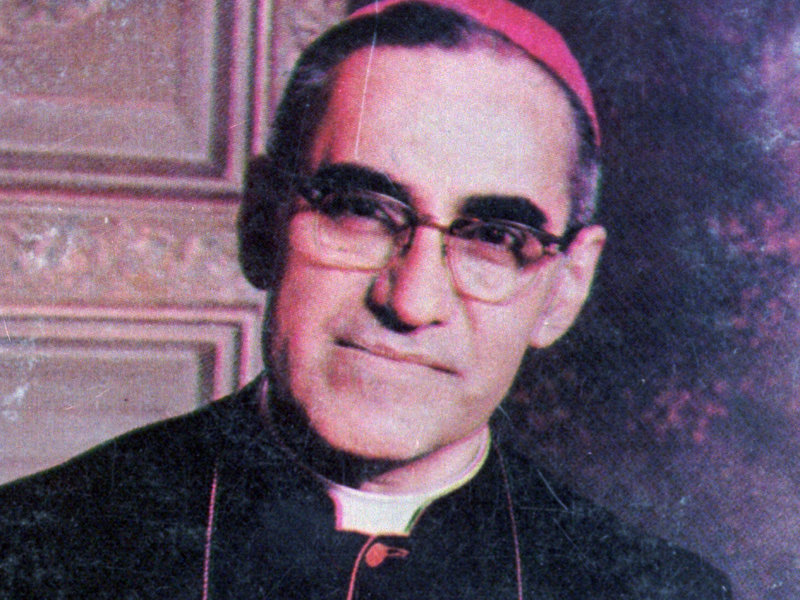
Go wild in Bahia de Jiquilisco
Puerto Barillas in El Salvador is more than just an entry point to the Jiquilisco bay, it also offers the opportunity to meet a banana farmer called Don Miguel Angel Jimenez who lives in the forest of El Nacascolo with a troop of spider monkeys. In 1992, when hostilities ended in the country's protracted civil strife, Don Miguel secured himself a small banana plantation and a patch of forest and began caring for two female spider monkeys and a male that he had rescued. There are now 25 adult monkeys in Don Miguel's monkey sanctuary and they have grown used to visitors. Follow Don Miguel's lead and hold up a banana and before long a spider monkey will swing down and relieve you of it.
From Puerto Barillas you can also visit the nearby cacao farm of San Jose Real de la Carrera to see how some of the best cocoa beans in El Salvador are cultivated, and out in the bay an NGO called Pro Costa is working with local fishermen to conserve Eastern Pacific Hawksbill turtles.
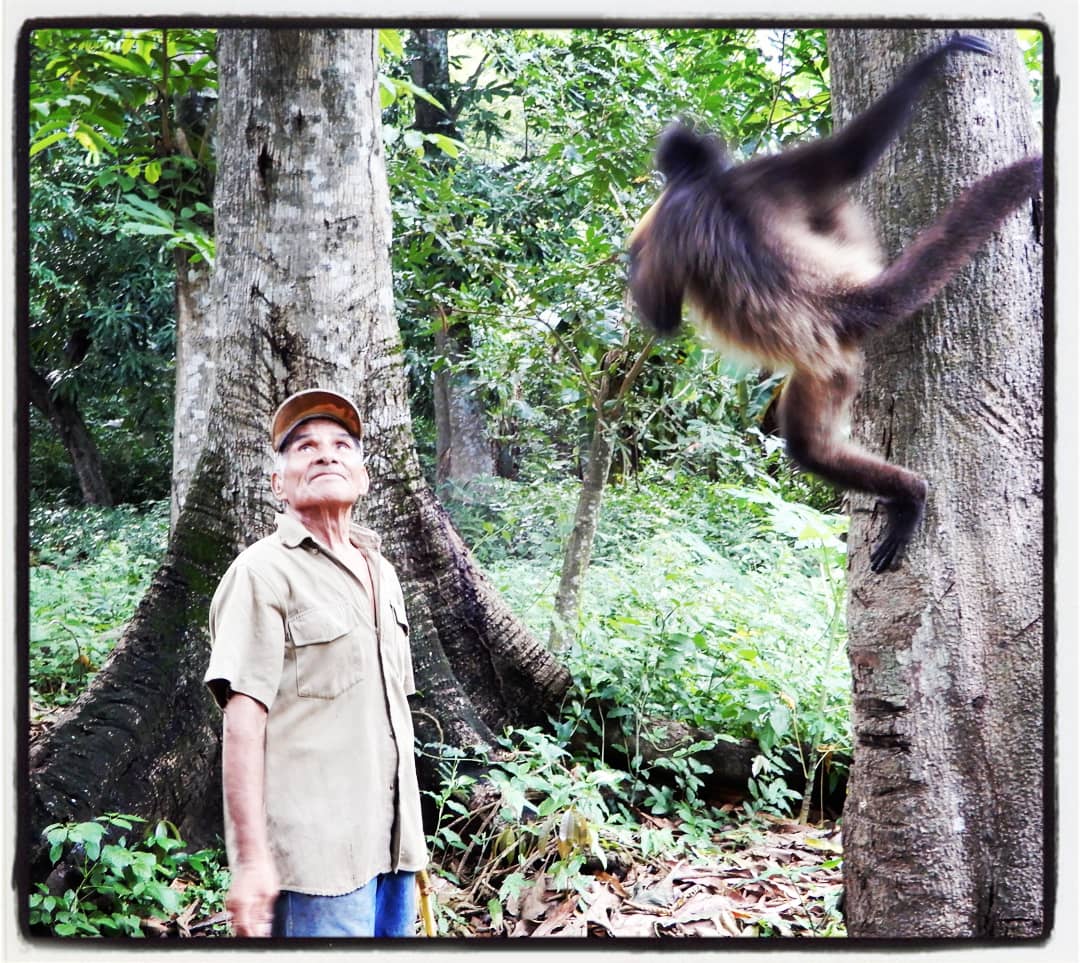
Relive the Revolution in Cinquera
If you want to find out what life was like for the FMLN guerrillas who fought the right-wing regime in the civil war that ravaged El Salvador from 1980 to 1992 you should visit the northern village of Perquín in Morazán, home to a very moving Museo de la Revolución run by former rebel fighters who recount the story of El Mozote, where an infamous massacre took place.
An alternative closer to Suchitoto is the village of Cinquera, where a downed army helicopter still takes centre stage in the village plaza. Here, a former guerrilla fighter turned park ranger called Rafael Hernandez takes tourists along forested paths to cascading waterfalls as he explains what life was like for the FMLN guerrillas during the dark years of the civil war.
Rafael's partner Sandra is also a former fighter whose guerrilla name was Compañera Keily. She still produces the olive-coloured bags that the rebels would use to carry food and supplies. Back then the bags were popular among the guerrillas because they could hold six grenades. Now they are popular with tourists who want to take home a bit of history.
Sandra decorates the bags with images of her hero Archbishop Oscar Romero, whose inspiring image and words are a popular subject for the mural painters of Cinquera.
Slurp Coffee and Slip into Cascadas on the Route of Flowers
The small colonial towns of Nahuizalco, Salcoatitan, Juayua, Apaneca, and Ataco in the cool hills along the so-called Ruta de las Flores, or Route of the Flowers, are in the heart of El Salvador's shade-grown coffee region and offer a refreshing change from the heat of the coast.
In Ataco, you can learn the art of premium coffee production from bean to cup on a $5 tour of the historic El Carmen coffee mill, which is just a short walk from the centre of town. Stay at the Casa de Graciela by the church for a chintzy flavour of the 1940s.
In the tongue-twisting town of Juayua (who-are-you-ah), it's all about trying typical street food atthe gastronomic festival that fills the streets with delicious aromas every weekend. From here it's a short trek down to the Chorros de la Calera, a series of waterfalls where you can take a bracing dip. The local police are on hand at the weekend to keep an eye on things but will come down in the week with you if you ask them.
Between Juayua and Ataco is the Jardin de Celeste, a country farmhouse packed with quirky antiques, religious icons, and lovingly tended orchids that has been converted into a restaurant.
The plato tipico comes with a juicy steak cooked on the grill, served with fresh tortillas, a couple of spicy chorizos (sausages), and large helpings of arroz (rice), frijoles molidos (refried black beans), and a zesty chirmol (chopped tomatoes, onion, fresh coriander, salt and lemon juice). If that wasn't enough, they add salty farmhouse cheese and sour cream as an extra indulgence.
The Jardin de Celeste sums up El Salvador, a thoroughly unexpected surprise that delivers delights in abundance around every corner.

Russell Maddicks is the author of Culture Smart! Guides to Cuba, Ecuador, Mexico, and Nicaragua and is currently researching and writing the Bradt Guide to Colombia. Follow him on Twitter and Instagram @LatAmTravelist.



